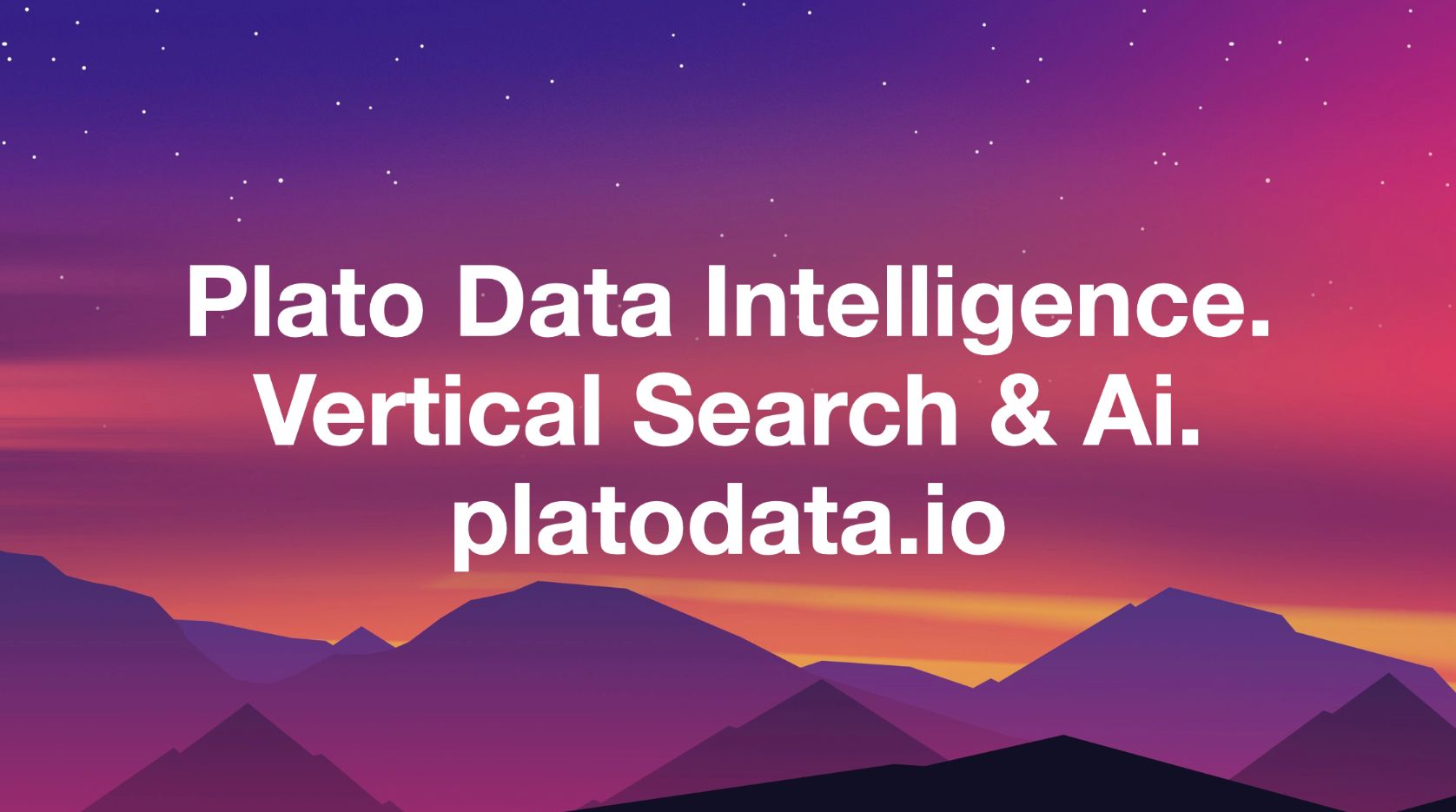As businesses continue to embrace data science to drive growth and innovation, the need for efficient and effective data management solutions has become increasingly important. One such solution is CaaS, or Containers as a Service, which allows businesses to deploy and manage applications in a containerized environment. By optimizing CaaS, businesses can enhance the benefits of their data science projects and gain a competitive edge in their industry.
Here are some tips on how to optimize CaaS for data science projects:
1. Choose the Right Container Platform
The first step in optimizing CaaS is to choose the right container platform. There are several options available, including Docker, Kubernetes, and OpenShift. Each platform has its own strengths and weaknesses, so it’s important to evaluate them based on your specific needs. For example, if you need a platform that is easy to use and has a large community of users, Docker may be the best choice. On the other hand, if you need a platform that is highly scalable and can handle complex applications, Kubernetes may be a better option.
2. Use Microservices Architecture
Microservices architecture is a software development approach that breaks down applications into smaller, independent services. This approach can be used in conjunction with CaaS to optimize data science projects. By breaking down applications into smaller services, businesses can deploy and manage them more efficiently. This approach also allows for greater flexibility and scalability, as each service can be updated or replaced without affecting the entire application.
3. Automate Deployment and Management
Automation is key to optimizing CaaS for data science projects. By automating deployment and management tasks, businesses can save time and reduce the risk of errors. Automation also allows for greater scalability, as it enables businesses to quickly deploy new services or applications as needed. Tools like Ansible and Jenkins can be used to automate deployment and management tasks.
4. Monitor Performance
Monitoring performance is essential for optimizing CaaS for data science projects. By monitoring performance metrics like CPU usage, memory usage, and network traffic, businesses can identify bottlenecks and optimize their applications accordingly. Tools like Prometheus and Grafana can be used to monitor performance metrics in real-time.
5. Implement Security Measures
Security is a critical consideration when optimizing CaaS for data science projects. Businesses must ensure that their container environment is secure and that their applications are protected from cyber threats. This can be achieved by implementing security measures like access controls, network segmentation, and encryption.
In conclusion, optimizing CaaS is essential for enhancing the benefits of data science projects. By choosing the right container platform, using microservices architecture, automating deployment and management tasks, monitoring performance, and implementing security measures, businesses can achieve greater efficiency, scalability, and security in their data science projects.
- SEO Powered Content & PR Distribution. Get Amplified Today.
- PlatoAiStream. Web3 Intelligence. Knowledge Amplified. Access Here.
- Source: Plato Data Intelligence: PlatoData
- a
- access
- access controls
- accordingly
- achieve
- achieved
- affecting
- aiwire
- allows
- also
- and
- Application
- applications
- approach
- architecture
- ARE
- AS
- automate
- Automating
- Automation
- available
- based
- BE
- become
- benefits
- BEST
- better
- bottlenecks
- Breaking
- breaks
- businesses
- by
- CAN
- choice
- choosing
- community
- Competitive
- competitive edge
- complex
- Conclusion
- conjunction
- consideration
- Container
- containerized
- Containers
- continue
- controls
- CPU
- critical
- cyber
- Cyber Threats
- data
- data management
- Data Science
- deploy
- Deployment
- Development
- down
- Drive
- each
- easy
- Edge
- Effective
- efficiency
- efficient
- efficiently
- embrace
- enables
- encryption
- enhance
- Enhancing
- ensure
- entire
- Environment
- errors
- essential
- Evaluate
- example
- First
- first step
- Flexibility
- For
- for example
- from
- gain
- greater
- greater flexibility
- Growth
- hand
- handle
- highly
- Highly Scalable
- How
- How To
- identify
- implement
- implementing
- important
- in
- Including
- increasingly
- Independent
- industry
- Innovation
- into
- Is
- IT
- ITS
- Key
- Kubernetes
- large
- like
- manage
- management
- May
- measures
- memory
- Metrics
- Monitor
- monitoring
- more
- must
- Need
- needed
- needs
- network
- network traffic
- new
- of
- on
- ONE
- optimize
- optimizing
- Option
- Options
- Other
- Own
- performance
- performance metrics
- platform
- plato
- plato aiwire
- Plato Data Intelligence
- PlatoData
- projects
- protected
- quickly
- real-time
- reduce
- replaced
- Right
- Risk
- s
- save
- save time
- Scalability
- Scalable
- Science
- Secure
- security
- security measures
- Segmentation
- Service
- Services
- several
- smaller
- So
- Software
- software development
- solution
- Solutions
- some
- specific
- step
- strengths
- Such
- tasks
- that
- The
- their
- Their Data
- Them
- There
- threats
- time
- tips
- to
- tools
- traffic
- updated
- usage
- use
- Used
- users
- using
- weaknesses
- Web3
- When
- with
- without
- You
- Your
- Zephyrnet

